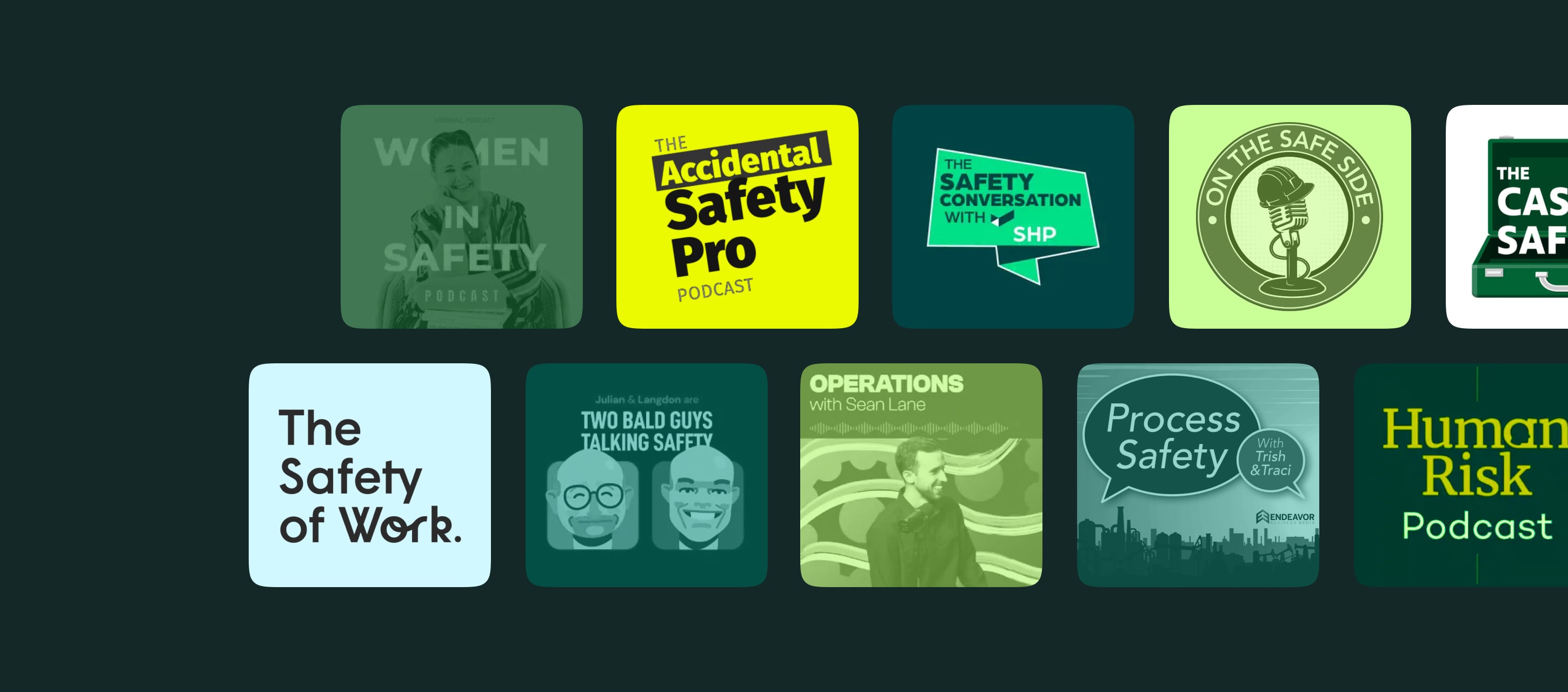Tracking workplace safety metrics is crucial for protecting your team and driving your company’s success. And Total Recordable Incident Rate is one of them.
In this article, we will explore the concept of TRIR and its significance in safety assessment. We’ll also discuss the methodology for calculating TRIR and whether safety management software can help you with it.
Contents:
What Is the Total Recordable Incident Rate?
Total Recordable Incident Rate (TRIR) is a standardized safety metric that calculates the number of recordable workplace incidents per 100 full-time employees over a given period, typically a year.
As defined by the Occupational Health and Safety Administration (OSHA), recordable incidents include work-related injuries and illnesses that result in:
- Death
- Days away from work
- Restricted work activity or job transfer
- Medical treatment beyond first aid
- Loss of consciousness
- Significant injury or illness diagnosed by a healthcare professional
TRIR Formula
(Total number of recordable incidents / Total hours worked) x 200,000 = TRIR per 100 employees.
By knowing the total number of recordable incidents and the total number of hours worked during the reporting period, you can easily determine this essential safety metric.
When calculating the total number of work hours, ensure to exclude vacation, holiday, sick time, and other forms of leave.
Let’s unpack this example. Suppose a company has 10 recordable incidents in a year with 500,000 total employee hours. To calculate the TRIR, divide 10 by 500,000 and then multiply the result by 200,000. The outcome of this TRIR calculation is 4 recordable incidents per 100 employees.
Why TRIR Matters for Your Business
TRIR is important because it serves as a critical indicator of your company’s safety performance.
By tracking and analyzing TRIR, you can:
- Identify trends in workplace injuries and illnesses
- Benchmark safety performance against industry standards
- Prioritize targeted safety improvement initiatives
- Fulfill regulatory reporting requirements
For safety officers, it is important to note that OSHA tracks TRIR, along with the Days Away, Restricted, or Transferred (DART) rate, for certain industries. Depending on your sector, your company may be required to submit an annual OSHA 300a report.
Note: Utilizing dedicated safety management apps like Fluix for creating, submitting, and storing safety reports can save time and prevent issues with regulatory compliance.
See How Much Paperwork Is Really Costing You
What Is a Good TRIR?
Returning to the example above, is 4 a “good” TRIR? The answer varies by industry since different types of businesses carry different levels of risk.
In general, your company can strive toward a TRIR lower than the average for your market. The best strategy? Try to bring your TRIR as close to zero as possible, indicating that you’ve taken effective steps to protect your employees.
You can use your North American Industry Classification System (NAICS) code to check your company’s TRIR against the industry average. The average TRIR for all private industries is 2.7. Manufacturing has a slightly higher incident rate of 3.2, and the rate for construction drops to 2.4.
How to Decrease Total Recordable Incident Rate
Similar to other critical safety metrics like the lost time incident rate, TRIR is more than just a number to report; it’s a powerful tool for driving continuous safety improvement.
Use the following strategies to enhance your company’s safety program and reduce TRIR.
1. Identify Patterns and Root Causes
By analyzing incidents contributing to the TRIR, you can identify patterns such as a common underlying cause of injuries or illnesses. This analysis allows your safety management system to target specific areas for improvement, improving the efficacy of your efforts while saving time and money.
2. Enhance Safety Training and Awareness
When you understand the most common types of incidents, you’re equipped to tailor safety training to your team’s specific needs.
By focusing safety awareness campaigns on preventing these frequent incidents, you can address the real risks and avoid spending time on topics that aren’t as impactful in reducing injuries and illnesses.
3. Implement Preventative Measures
With the data derived from TRIR calculations, you can take steps to remove the specific risks identified, reducing the likelihood of future incidents.
According to the Associated Builders and Contractors data, construction companies can reduce TRIR by an average of 64% by tracking and reviewing proactive safety steps.
So by keeping an eye on measures like behavior-based safety observations, new-hire orientations you lower the risk of regulatory complaints and associated financial penalties. And a lower incident rate, in its turn, can qualify you for lower business and workers’ comp insurance premiums.
4. Set Safety Goals
TRIR provides a quantifiable metric you can use to set safety goals and include in safety audits. It also serves as a benchmark to compare your company’s safety performance against industry averages and best practices.
By aiming to lower the TRIR each year, you’ll drive continuous safety improvements toward an ultimate goal of zero incidents.
5. Engage Employees
Sharing TRIR data with your teams involves them in the company’s safety culture. No need to say that people are more likely to participate actively in safety programs and initiatives when they feel engaged and understand the impact of their actions.
Managing Safety Metrics with Digital Solutions
Now that you understand what TRIR is, it’s time to leverage this important metric to your advantage.
We at Fluix can help with it. Fluix is workflow automation software that gives all the necessary tools for you to stay on top of this number and take action to reduce incidents.
With features like customizable checklist templates, report submissions, and automated approval workflows, you can proactively address safety concerns and minimize incidents, ultimately improving your TRIR performance.







